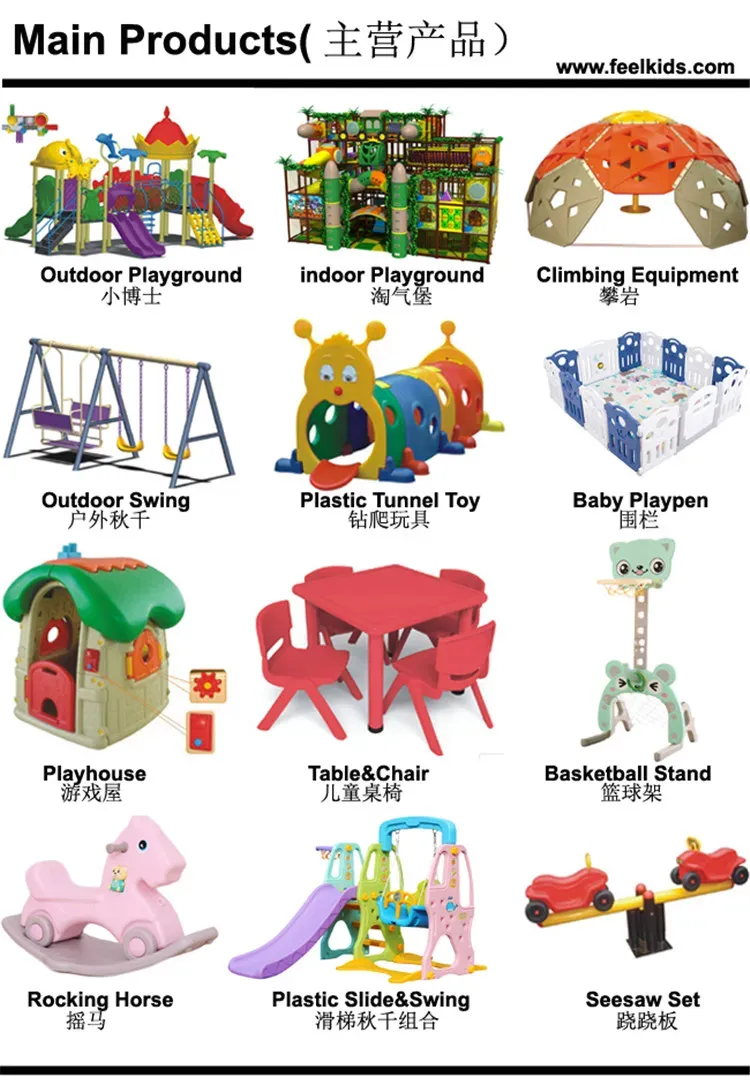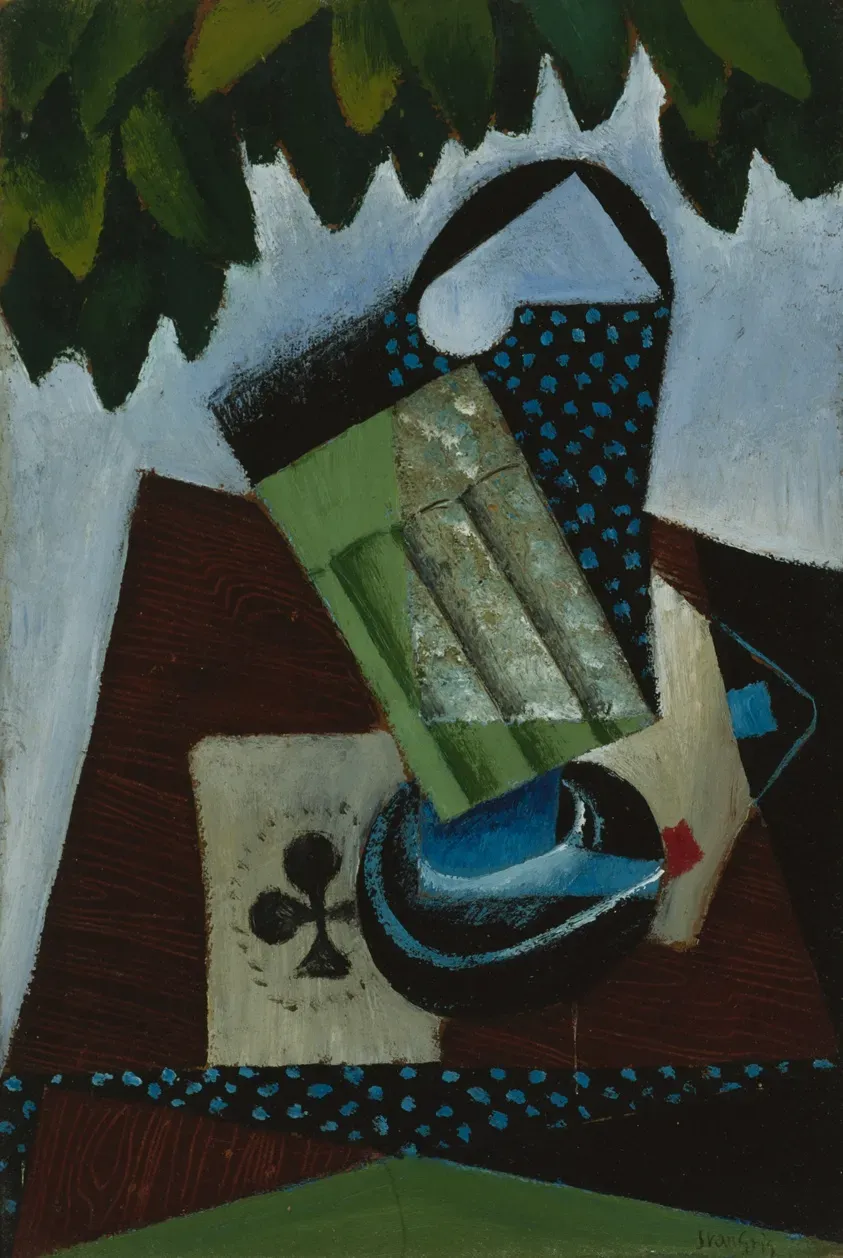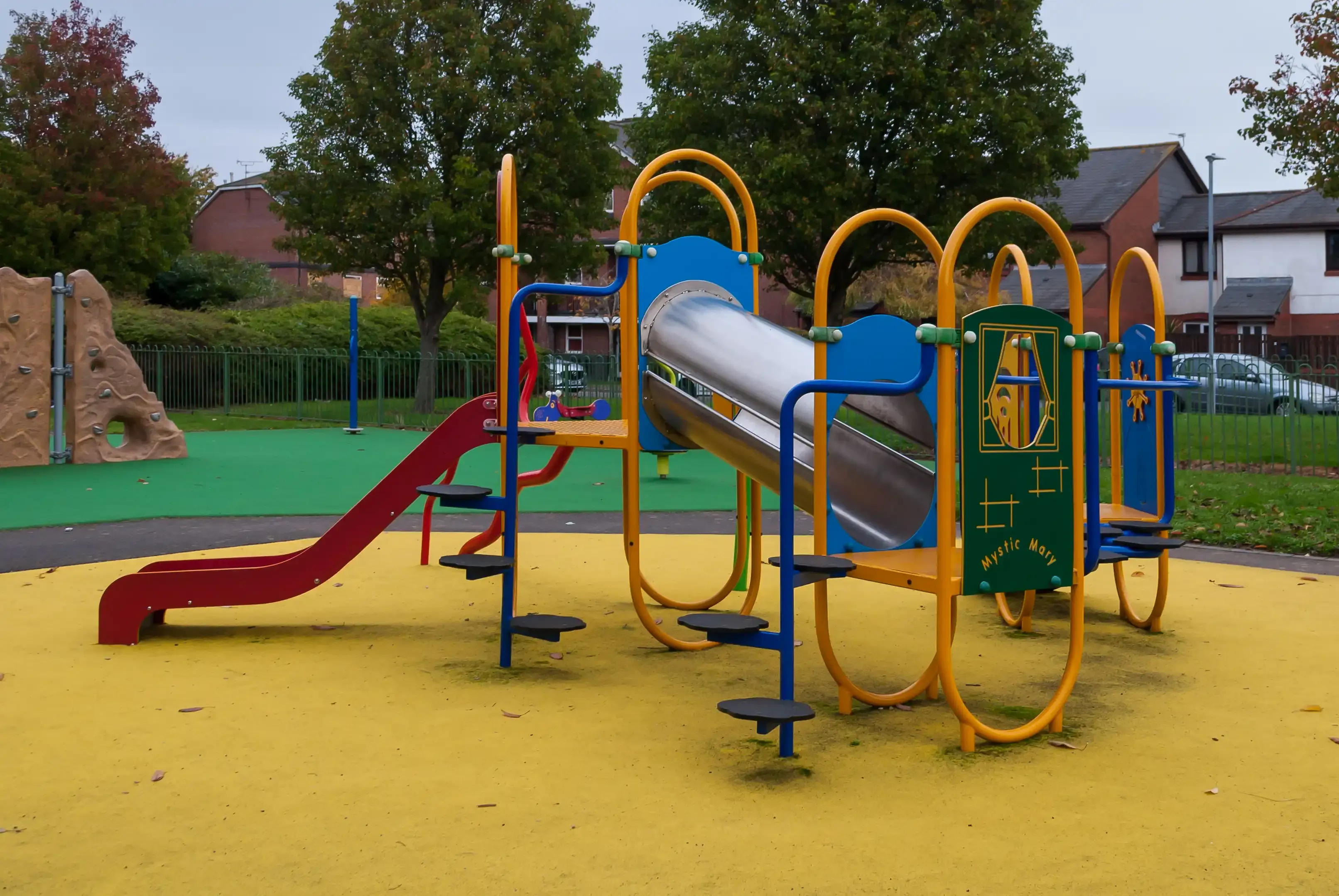Table of Contents
We see them everywhere – parks, schools, backyards. Swings hang from sturdy frames, slides spiral down, and strange climbing structures invite adventure. Yet, have you ever stopped to think about their names? Most people just call them "the slide" or "the swings." But the truth is, the world of outdoor play equipment names is far more interesting and, dare I say, strategic than you might imagine. It’s not just about slapping a label on a piece of metal and plastic.
What's in a Name? Why Outdoor Play Equipment Names Matter

What's in a Name? Why Outdoor Play Equipment Names Matter
Look, calling a slide a "slide" isn't exactly groundbreaking. It does the job, sure, but it doesn't exactly spark the imagination, does it? The truth is, the names we give things, especially something meant to ignite joy and creativity in kids, actually matter. Good outdoor play equipment names can do more than just identify a piece of metal and plastic; they can tell a story, suggest an adventure, or even hint at the skills a child might develop while using it. Think about it – a "Voyager Ship" climber sounds way cooler and more inviting than "Model 7B Multi-Activity Structure." The name sets expectations, shapes perception, and frankly, makes the whole thing more memorable.
The Usual Suspects: Common Outdoor Play Equipment Names You Know

The Usual Suspects: Common Outdoor Play Equipment Names You Know
The Basics: What Everyone Calls Them
Let's be honest, the most common outdoor play equipment names aren't exactly rocket science. You've got your swings, your slides, your monkey bars. These are the staples, the foundational pieces of almost any playground. Kids don't need a fancy name to know what to do with a swing set; they just know it's for flying through the air. A slide is for sliding down, preferably as fast as possible. Monkey bars are for, well, swinging like monkeys. These names are functional, direct, and universally understood, which is why they've stuck around for generations. They describe the primary action or form of the equipment without much fuss.
Moving Beyond the Obvious
Then you get into slightly more descriptive territory, though still pretty standard. Think "climbing frame," "seesaw," "merry-go-round." These names add a bit more detail about the structure or the type of motion involved. A climbing frame clearly tells you its purpose is ascent. A seesaw implies the up-and-down motion, often requiring a partner. A merry-go-round suggests circular movement. These names are still part of the common vernacular for outdoor play equipment names, easily recognized by parents and children alike, even if they aren't as basic as "slide." They represent the next layer of complexity in how we label playground pieces.
- Swings (often Swing Set)
- Slides (sometimes Tube Slide, Wavy Slide)
- Monkey Bars (also Overhead Ladder)
- Seesaw (or Teeter-Totter)
- Merry-Go-Round (or Carousel)
- Climbing Frame (or Jungle Gym)
- Sandpit (or Sandbox)
- Spring Rider (those bouncy animal things)
Getting Creative: Crafting Memorable Outdoor Play Equipment Names

Getting Creative: Crafting Memorable Outdoor Play Equipment Names
Beyond the Obvious: Why Bland Names Just Won't Cut It
so we've covered the standard "slide" and "swing set" – the beige slacks of outdoor play equipment names. They're functional, sure, but do they make a kid's eyes light up? Not usually. If you're building a playground that's meant to be more than just a collection of metal and plastic, you need names that spark imagination. You want kids pointing and shouting, "Mom, can I go on the 'Dragon's Tail Slide'?" not just "Can I go on that slide?" Memorable outdoor play equipment names are a cheap, easy way to add a layer of magic and narrative to a play space.
It's about creating an identity for the equipment. A generic climbing structure becomes the "Cloud Scraper," instantly suggesting height and adventure. A simple balance beam transforms into the "Tightrope of Terror" (maybe a bit dramatic, but you get the idea), adding perceived challenge and excitement. Crafting these names isn't just marketing fluff; it's part of designing an experience. It’s about making the equipment feel like a character or a challenge rather than just an object.
Brainstorming Brilliance: Finding Your Naming Angle
So, how do you ditch the boring and land on brilliance when it comes to outdoor play equipment names? Start by thinking about what the equipment *does* or *looks like*. Does the slide twist like a snake? "Serpent Slide." Does the climbing wall have unusual grips? "Alien Rock Climb." Consider themes too. If your playground has a nature theme, names like "Eagle's Nest Climber" or "River Stone Steppers" fit right in. A space theme? "Lunar Lander," "Meteor Maze." Action words are your friend: Leap, Climb, Spin, Soar.
Don't be afraid to get a little silly or fantastical. Kids appreciate names that sound like they belong in a storybook. Think about the sounds the equipment makes, the physical skills it encourages, or even abstract concepts like courage or speed. Get a group together – kids included, they're the target audience after all – and just throw out ideas. No bad ideas at this stage. You're mining for gold, and sometimes you have to sift through a lot of dirt.
Equipment Type | Bland Name | More Creative Name Ideas |
|---|---|---|
Climbing Structure | Large Climber | Mountain Peak, Spiderweb Tower, Space Station Alpha |
Swinging Tire | Tire Swing | Tarzan Swing, Orbit Rider, Nest Swing |
Tunnel | Play Tunnel | Secret Passage, Wormhole, Bear Cave |
Spring Rider (Horse) | Spring Horse | Galloping Pony, Rodeo Rider, Bouncing Bronco |
Testing the Waters: Do Your Names Stick?
Once you have a list of potential outdoor play equipment names, you need to test them out. Say them aloud. Do they roll off the tongue? Are they easy for kids to remember and pronounce? A name that sounds cool on paper but is a tongue-twister for a five-year-old isn't going to work. Ask kids what they think. Which names sound the most exciting to them? Pay attention to their reactions. Sometimes the simplest, most direct imaginative name is the winner.
Also, consider the context of the entire playground. Do the names feel cohesive? Do they fit the overall theme or vibe you're trying to create? You don't want a "Pirate Ship" structure next to a "Future City" slide unless that's intentionally part of a quirky design. The best outdoor play equipment names enhance the play experience and become part of the playground's identity, not just labels stuck on haphazardly.
Picking the Perfect Outdoor Play Equipment Names for Your Space

Picking the Perfect Outdoor Play Equipment Names for Your Space
Knowing Your Audience (and Your Goal)
Alright, so you've brainstormed a bunch of potentially cool outdoor play equipment names. Now comes the slightly less glamorous part: choosing the right ones. This isn't just about picking the name you personally like best. You need to think about who's actually going to be using this stuff and why you're naming it in the first place. Is this for a city park catering to toddlers and pre-teens? Is it for a school with a specific educational focus? Or maybe a private backyard where the only audience is your own kids and their friends?
If you're naming equipment for a public space, the names need to be relatively easy to understand and pronounce for a wide range of ages and potentially different language backgrounds. Overly complex or niche references might fall flat. If it's for a themed playground, like a space or pirate theme, the names should obviously tie into that. The goal of the playground itself also plays a role. Is it meant to encourage physical challenge, imaginative play, or social interaction? The names you choose for your outdoor play equipment names can subtly guide users towards those intended experiences.
Practicality, Branding, and the Final Check
Beyond the imaginative side, there are practical considerations for outdoor play equipment names. Are the names too long to fit easily on a small sign or plaque? Are they so similar that they'll cause confusion ("The Dragon Slide" and "The Dragon's Tail Slide" might be a bit much)? You also need to think about branding, especially if this playground is part of a larger entity like a school, community center, or commercial establishment. The names should align with the overall identity and message you want to convey.
Before you commit, do that final test run. Put the names on temporary labels and see if kids actually use them. Do they point and say, "Let's go on the 'Whirlwind Spinner'!" or do they just grunt and head for the round thing? Get feedback from parents too – they're the ones who will likely be reading the signs and explaining things. Picking the right outdoor play equipment names isn't just a creative exercise; it requires a dose of practicality and real-world testing to ensure they actually work in the wild.
- Consider the age range of primary users.
- Match names to the playground's theme.
- Ensure names are easy to read and pronounce.
- Check length for signage suitability.
- Align names with overall branding.
- Test names with actual users (kids!).
So, What's in an Outdoor Play Equipment Name? More Than You Thought.
We've taken a quick tour through the realm of outdoor play equipment names, from the straightforward swings and slides to the more imaginative creations. It turns out, a name isn't just a label; it can be an invitation to play, a hint at adventure, or simply a way to make a piece of gear memorable. While calling a seesaw a "gravity-defying balance beam of fun" might be a bit much, putting some thought into the terminology for your playground pieces can make a difference. It’s about clarity, maybe a little bit of charm, and making sure everyone knows what they’re pointing at when they say, "Can I go on that... thingy?"